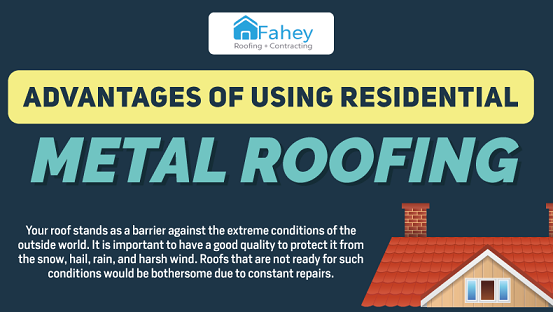Common Blunders In Roofing Setup And How To Prevent Them
Common Blunders In Roofing Setup And How To Prevent Them
Blog Article
Material Composed By-Walther Breen
When you're intending a roof installation, it's easy to forget critical information that can bring about considerable problems down the line. You could be lured to reduce corners on product option or skip proper blinking setup, but these common errors can lead to expensive repairs later on. Recognizing the relevance of ventilation and adhering to local building regulations is necessary for an effective project. So, what are the key actions you should require to ensure your roof covering stands the examination of time? Let's check out some effective approaches to stay clear of these risks.
Poor Product Option
When it involves roofing system installation, picking the incorrect materials can lead to expensive troubles down the line. You could assume that any type of roof material will do, but that's an usual false impression. It's essential to choose materials that match your local climate and the certain demands of your home.
For example, if you live in a location with heavy rain or snow, selecting asphalt tiles may not be the most effective selection. Rather, take into consideration more durable options like metal or slate.
Furthermore, focus on the quality of the materials you're thinking about. Affordable products may save you cash upfront, yet they typically lack longevity and can cause regular fixings or replacements.
You need to additionally think about the design of your home and make sure the products you select will maintain its visual allure.
Ultimately, do not forget to speak with professionals. They can supply important insights and advise materials that adhere to local building codes.
Investing time in appropriate material selection now can help you avoid frustrations and expenses in the future, making your roof job a success.
Inadequate Flashing Installation
Choosing the appropriate materials isn't the only variable that can result in roofing issues; poor blinking setup can also develop considerable problems. Flashing is important for directing water away from susceptible areas, such as chimneys, skylights, and roofing system valleys. If it's not mounted effectively, you risk water intrusion, which can result in mold growth and architectural damages.
When you set up flashing, guarantee it's the ideal kind for your roofing's style and the regional environment. For example, metal flashing is frequently extra durable than plastic in locations with heavy rainfall or snow. Ensure the flashing overlaps suitably and is secured securely to stop spaces where water can permeate via.
You need to additionally focus on the installation angle. Flashing should be placed to guide https://www.newstribune.com/news/business/story/2021/jun/06/bbb-tips-research-can-help-homeowner-find-right-roofer/873940/ from your house, not towards it.
If you're not sure regarding the installment process or the products required, get in touch with a professional. They can help recognize the best flashing choices and ensure every little thing is mounted appropriately, guarding your home from possible water damage.
Taking these steps can conserve you time, money, and migraines later on.
Neglecting Ventilation Needs
While many homeowners focus on the aesthetic and structural facets of roof setup, disregarding ventilation requirements can result in serious long-term consequences. Proper ventilation is important for regulating temperature and moisture levels in your attic, stopping problems like mold and mildew growth, timber rot, and ice dams. If you do not mount adequate ventilation, you're establishing your roofing system up for failing.
To avoid this mistake, initially, analyze your home's specific ventilation needs. A well balanced system normally consists of both consumption and exhaust vents to promote air flow. Guarantee you have actually installed soffit vents along the eaves and ridge vents at the height of your roof. This combination allows warm air to escape while cooler air gets in, keeping your attic room area comfortable.
Additionally, consider the kind of roofing product you have actually picked. Some materials may need additional air flow approaches. Confirm your local building ordinance for ventilation standards, as they can differ considerably.
Finally, do not fail to remember to check your ventilation system routinely. Clogs from debris or insulation can impede airflow, so keep those vents clear.
Conclusion
To conclude, preventing usual roofing system setup mistakes is essential to guaranteeing your roofing's durability and performance. By picking the right products for your climate, mounting flashing correctly, and resolving ventilation demands, you can protect against pricey concerns later on. Don't forget to familiarize on your own with neighborhood building ordinance and routine regular examinations. With these actions, you'll delight in a safe, long lasting roofing that shields your home for many years ahead. Pleased roof covering!
